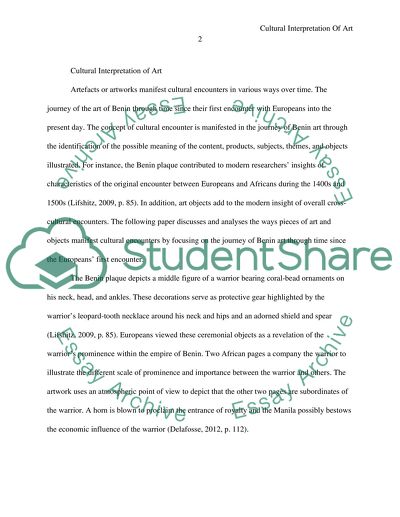Cite this document
(“Cultural Essay Example | Topics and Well Written Essays - 1000 words”, n.d.)
Cultural Essay Example | Topics and Well Written Essays - 1000 words. Retrieved from https://studentshare.org/literature/1690165-cultural
Cultural Essay Example | Topics and Well Written Essays - 1000 words. Retrieved from https://studentshare.org/literature/1690165-cultural
(Cultural Essay Example | Topics and Well Written Essays - 1000 Words)
Cultural Essay Example | Topics and Well Written Essays - 1000 Words. https://studentshare.org/literature/1690165-cultural.
Cultural Essay Example | Topics and Well Written Essays - 1000 Words. https://studentshare.org/literature/1690165-cultural.
“Cultural Essay Example | Topics and Well Written Essays - 1000 Words”, n.d. https://studentshare.org/literature/1690165-cultural.


